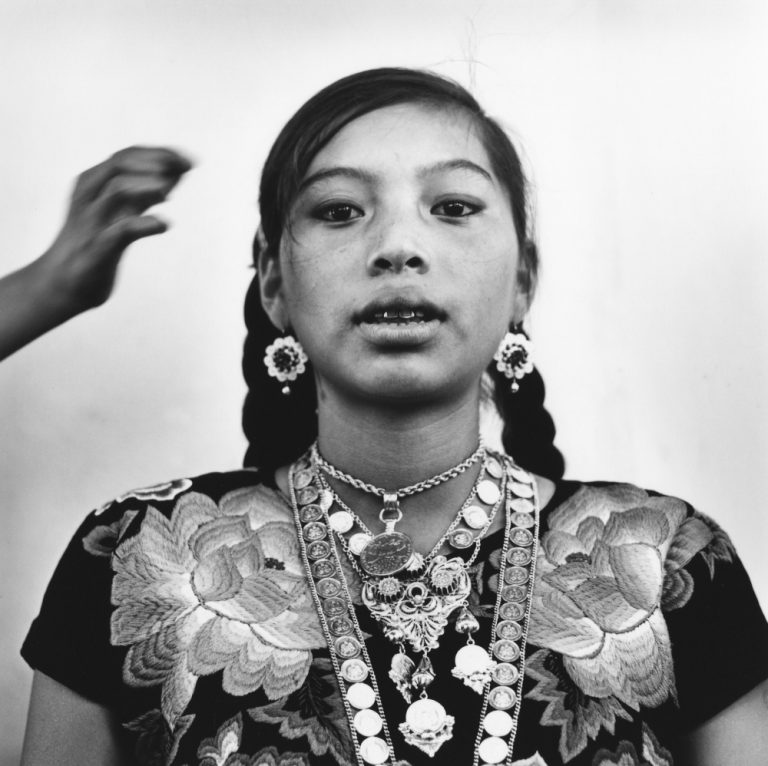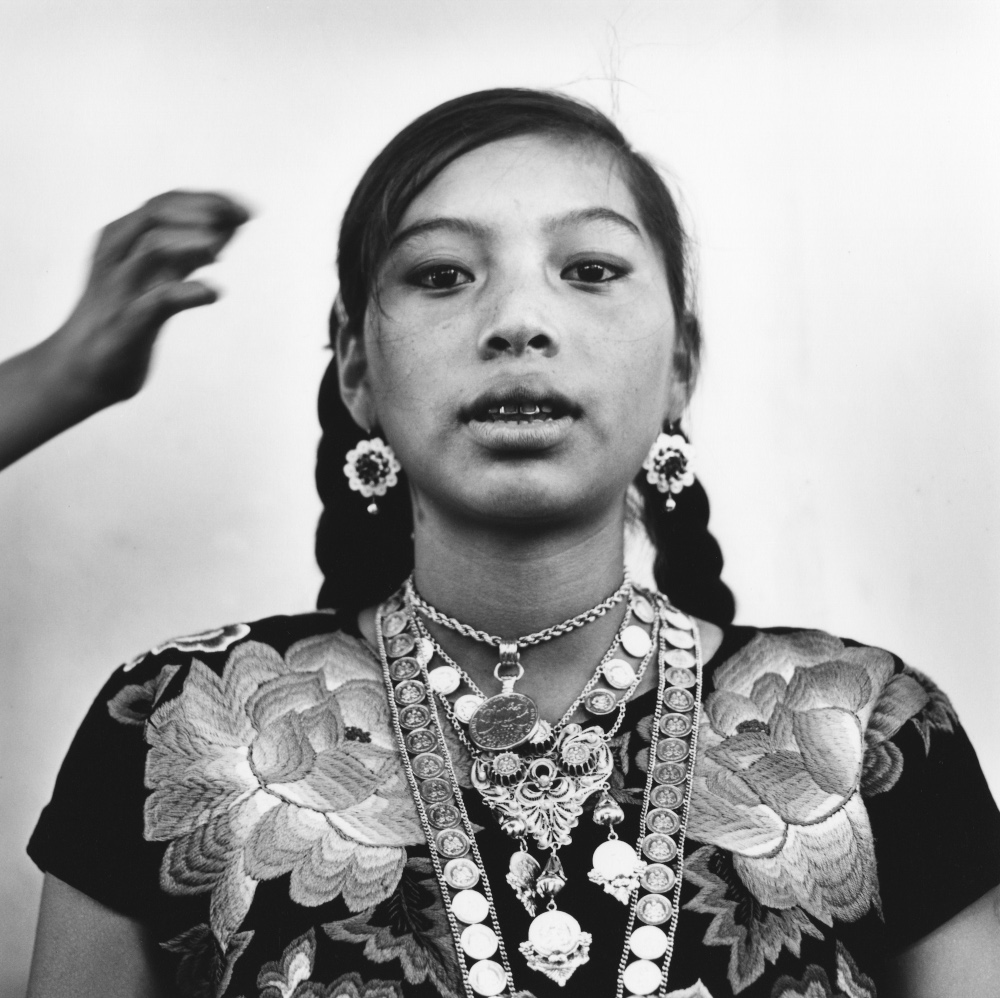
The dawn of an artist’s career differs significantly from other professions. Artists don’t retire like lawyers or accountants, and their personal paths seldom mirror an ascending curve within a hierarchical system. It is, therefore, exciting when artists who have achieved a significant level of recognition, in the form of prizes or exhibitions, are given a chance to look back on their life’s work. Retrospectives are a fitting moment to reflect on how an artist’s undertaking of a style and a subject matter has shaped their oeuvre. They are also an opportunity to construct a narrative of their achievements. In the case of the Mexican photographer Graciela Iturbide, a comprehensive look at her work shows how she’s never relied upon the implementation of a formula, which opens up possibilities to organize her images, many of which defy easy categorization.
Exhibition catalogs are supposed to translate the experience of being in the galleries for those who couldn’t attend. The catalog of a retrospective poses further challenges in summarising an artist’s career in a manner that feels wholesome and relevant as a publication. The catalog of Heliotropo 37, the recent exhibition at the Fondation Cartier pour l’Art Contemporain in Paris, is a discerning yet accessible introduction to the artist’s work. The title alludes to the physical address of the artist’s studio, designed by one of her sons, the renowned architect Manuel Rocha (who was also responsible for the exhibition’s museography). The book opens with a long and generously illustrated interview between Iturbide and Fabienne Bradu, a French writer based in Mexico City, that covers the artist’s trajectory, particularly her well-known apprenticeship with Manuel Álvarez Bravo.
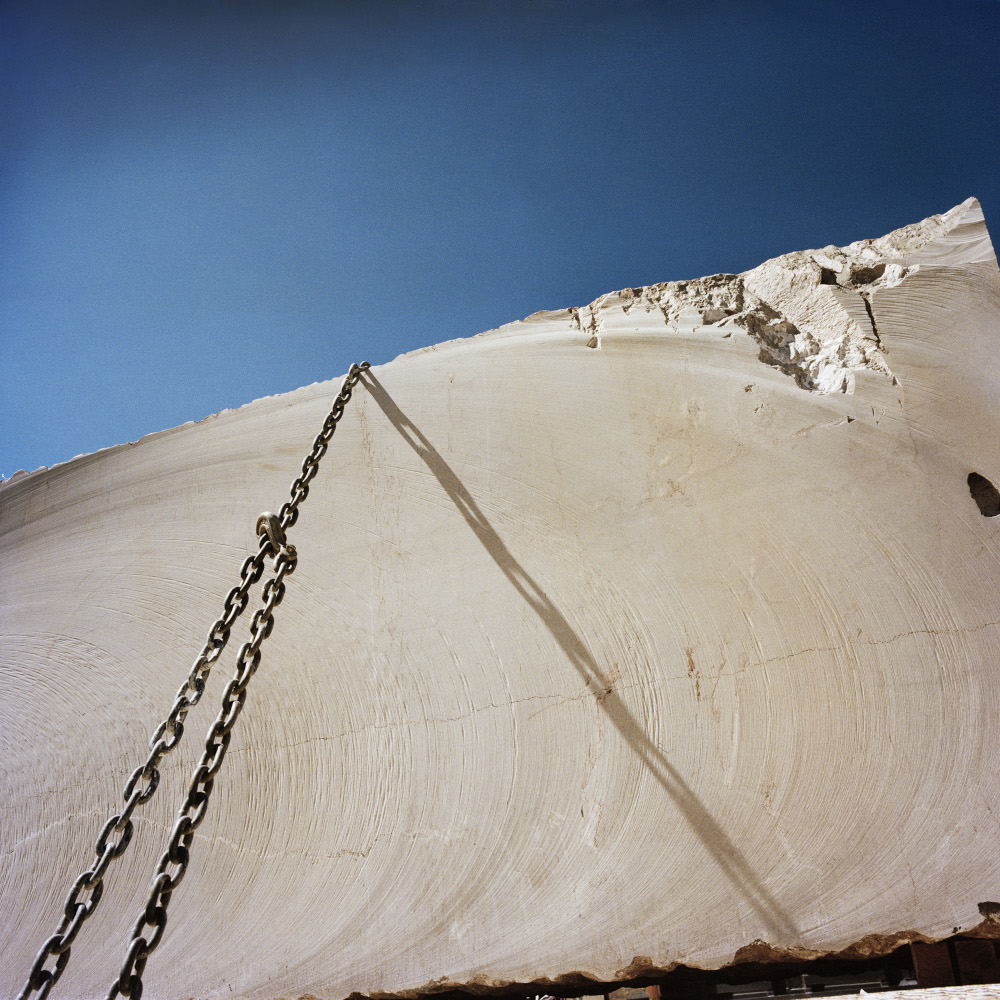
This is not Iturbide’s first retrospective, but what makes Heliotropo 37 special is how its non-chronological sequencing and vibrant design – with its Aegean blue cover, canary yellow endpapers, and exposed spine binding – are deployed to reflect on the scope of her work, from the joyous to the wretched. The interview is followed by a short section on Piedras (Stones), her most recent series and her first one in color. The pictures, made in quarries in the state of Puebla, are a mixture of close-ups that transform surfaces into abstract compositions and wider shots that consider the material’s environment. Their saturation betrays an intention to imbue emotional qualities to the weight and coarseness of the stones (a more comprehensive selection from this series, albeit in black and white, was published by RM under the same title). As such, these pictures signal an exciting new direction for Iturbide and her boundless energy, who will have much to explore in color.
The next section, my favorite, is a selection of square photographs from different series made in countries as varied as Bolivia, India, Italy, and Mozambique, on a handful of recurring subjects such as birds, plants, and markets that foreground what Iturbide has described as “the plasticity of the symbol.” While monographs exist for each of these series (Cuaderno de viaje, No hay nadie, etc.), mixing them here collapses the specificity of their original context to emphasize Iturbide’s attitude of exploration and receptivity for ordinary wonders. Moreover, the editorial decision to let the images flow allows viewers to immerse themselves fully in the artist’s gaze. This flow is important because the following section gathers her iconic series Los que viven en la arena (Those who live in the sand) and Juchitán, which depict the conditions of indigenous cultures in contemporary society. Unlike the photographs in the previous section, which are more formal and open to what we bring to them, these better-known images are more demanding. However, their power is such that viewers need not be religious to grasp how rituals and traditions can give meaning to a life of precarity.
Iturbide’s brand of poetic photography matured during the early 80s, when many artists, critics, and audiences had stopped believing in the purpose of documentary images to address social issues. As such, her work departed from the fashionable discourses of the time, focusing instead on existentialist themes such as death, rebirth, and social rites, which many mistook as conservative or dismissed as sentimental. Even when she adopted the classic postmodern gesture of staged self-portraiture, which Iturbide performed as therapy during some difficult moments in her life, she seemed willing to expose her vulnerability to become a vessel for affect rather than provide a meta-commentary on art’s conventions.
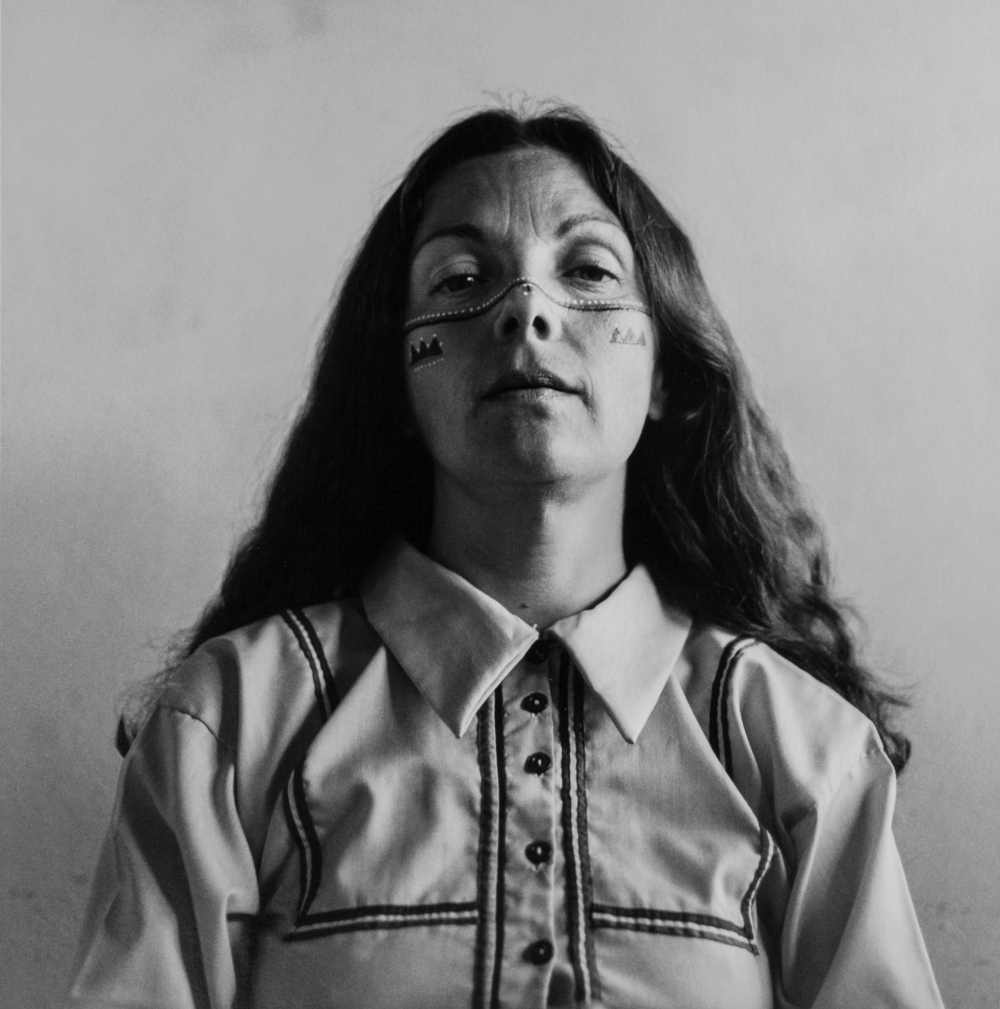
The book also contains two additional segments that are as interesting as unexpected. The first one is a semi-autobiographical story by the Guatemalan writer Eduardo Halfon about the changing role of a lake in the narrator’s life that closely mirrors Iturbide’s interest in the divide between nature and culture, and by extension, in the degree by which the personal becomes the political. The second one, which closes the book, includes pictures of the artist’s studio by the talented Pablo Lopez Luz. The beautiful red brick building in Coyoacán was devised as a receptacle for Iturbide’s collections of indigenous art and other pieces she has gathered from her artist friends throughout the years. The studio features a small garden with her favorite cacti, some of which have been the stars of her monographs.
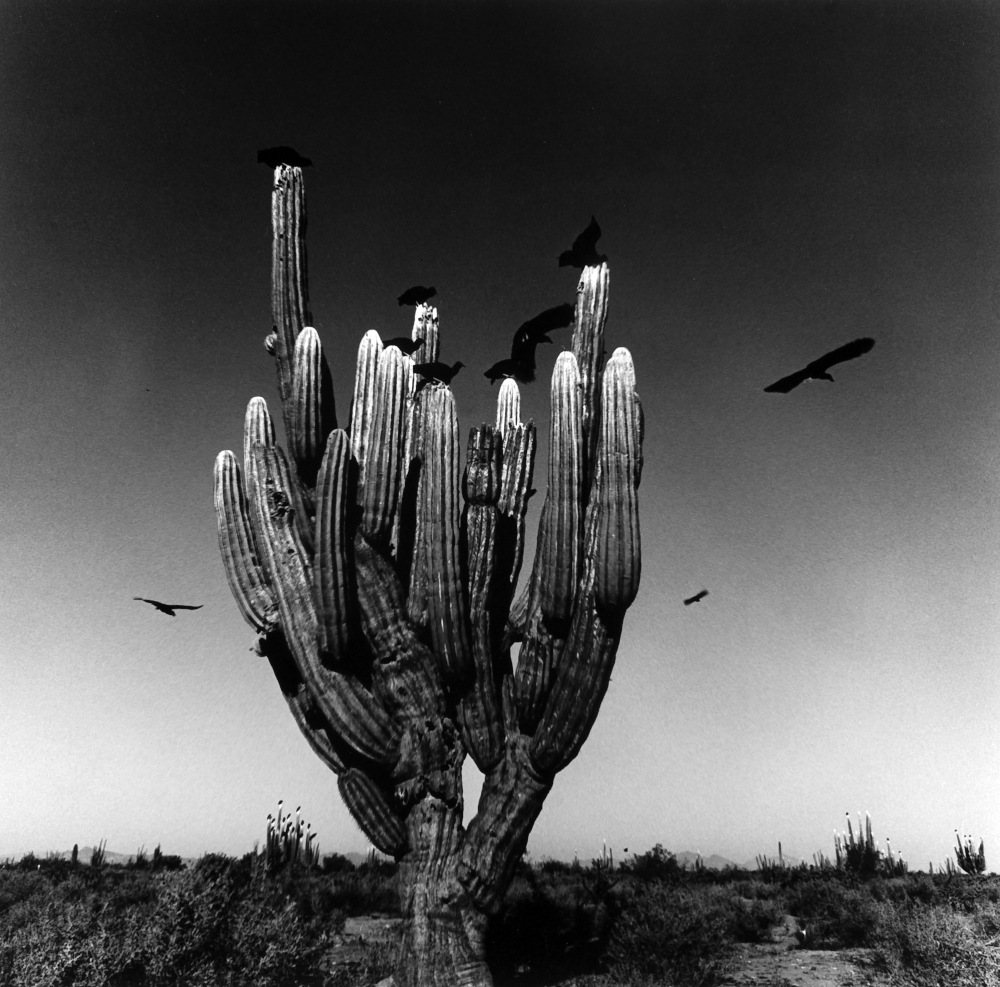
Heliotropo 37 is a superbly structured display of Iturbide’s dedication to capturing the visual gifts the world has to offer, independently of where these fall on an emotional spectrum. One consideration, however, is clear: the impulse for discovery is as important as the sensibility with which an artist renders the world through their medium. Once the shutter goes off, the pleasure of seeing must find a similarly rich correspondence with the artist’s moral life. “I may have looked for surprise in the ordinary,” Iturbide says, “an ordinary I could have found anywhere else in the world. We photographers are inhabited by an unconscious obsession that drives us to bring the theme that interests us wherever we go.”
Iturbide’s embrace of human and non-human subjects comes across as a constant effort to be fair, first to herself and then to the diverse communities, animals, and places she has photographed. That balance cannot be commodified or boiled down to a formula because the process of representing the world with care is individual and, therefore, endlessly mysterious.
This is part of a series of reviews on Latin American photographers by Arturo Soto. Check out his other articles on Dispatches: The VII Insider Blog:
Pablo Hare: Sites of Exploitation in Peru
The Possibilities of the Actual: Adriana Lestido’s “Metropolis”
